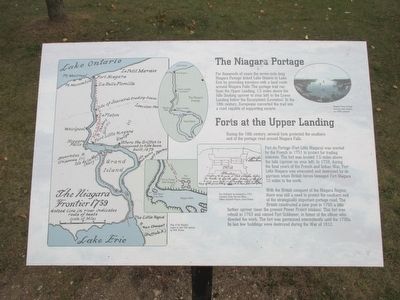Welcome to the Wapakoneta Commercial Historic District, a place where history is alive in the streets, buildings, and stories of this vibrant Ohio community. Founded in the early 19th century, Wapakoneta, whose name is derived from the Shawnee language, has been a bustling center of commerce and culture for over a century.
Originally inhabited by the Shawnee tribe, the area began to develop rapidly after the Treaty of Greenville in 1795, which opened the Northwest Territory to European-American settlers. The establishment of the town can be traced back to 1833, when it was officially platted. By the mid-1800s, Wapakoneta had grown into a significant trading hub, thanks to its strategic location along the Auglaize River and its proximity to transportation routes.
Throughout the 19th and early 20th centuries, the district flourished with the construction of numerous buildings that still stand today, showcasing architectural styles like Italianate, Queen Anne, and Classical Revival. These structures housed a variety of businesses, from general stores to banks and hotels, serving the local population and travelers alike.
One of the most notable individuals associated with Wapakoneta is Neil Armstrong, the first person to walk on the moon. Armstrong was born in Wapakoneta in 1930, and his legacy is celebrated throughout the town. The Armstrong Air & Space Museum, located nearby, offers a deeper look into his life and achievements.
The district has seen many changes over the years, adapting to the economic shifts and technological advancements of the 20th century. However, it has retained its historical charm and continues to be a focal point for events and community gatherings.
The Wapakoneta Commercial Historic District is a testament to the resilience and adaptability of this Ohio community, reminding us of its rich past while continuing to serve as a vibrant part of its present.


